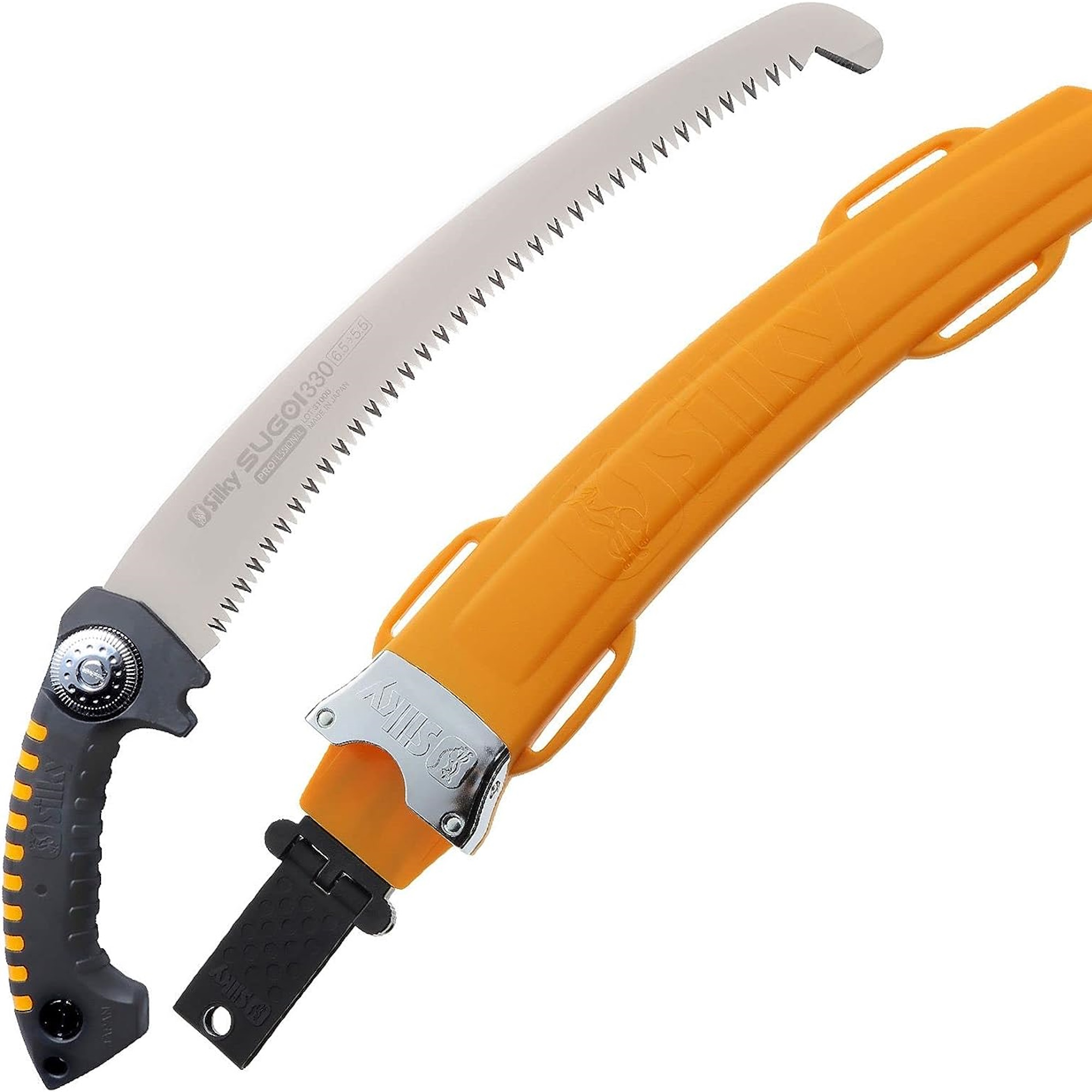When to prune trees – experts reveal the best timings
When should you prune trees? Discover the answer for both deciduous and evergreen ornamental trees
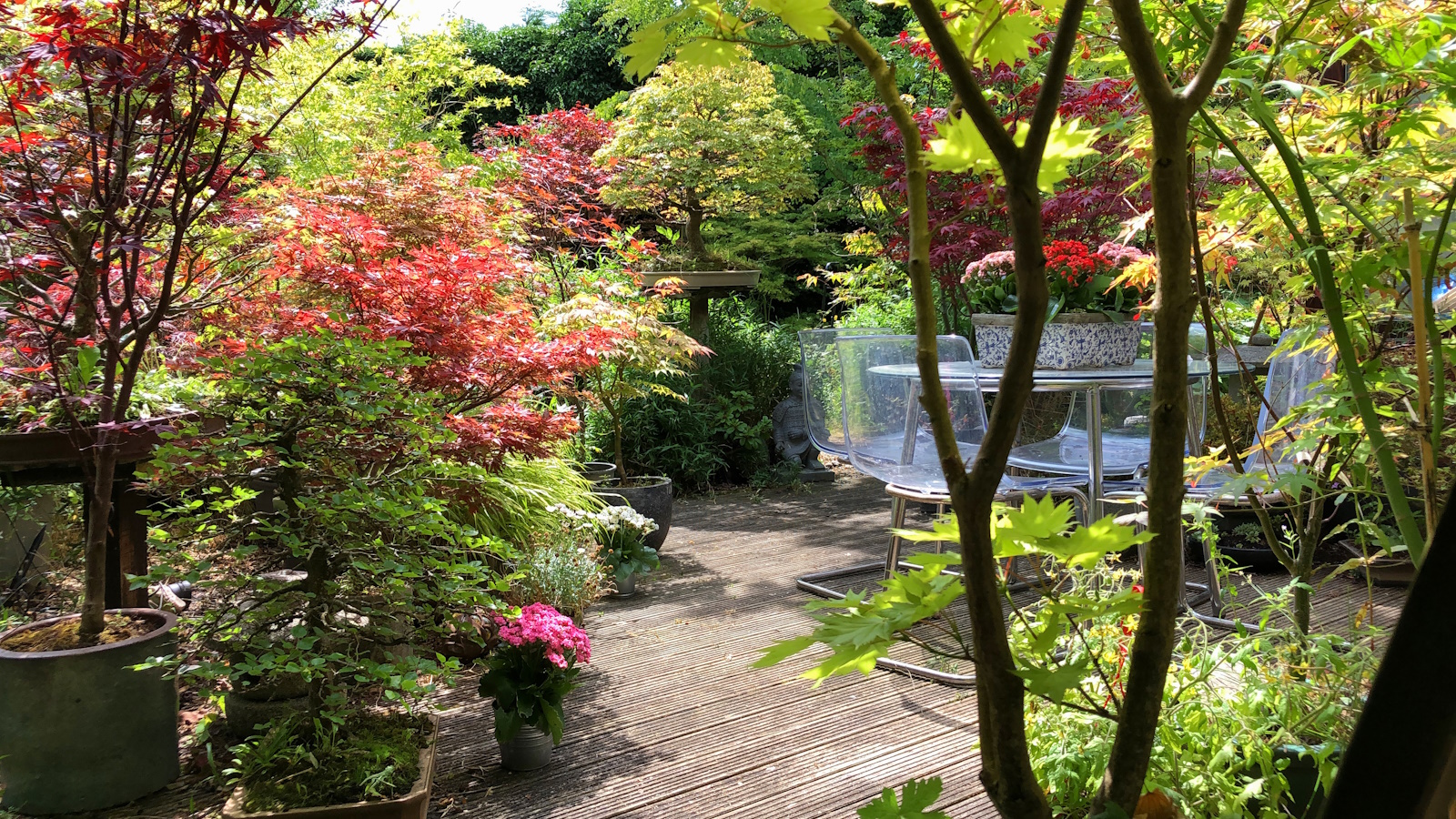

Pruning trees is an important task that can help to enhance the beauty and shape of any ornamental tree. It also removes dead, diseased, or damaged branches that can all affect a tree’s future health.
However, pruning can be a daunting job for many gardeners. If you have picked trees for privacy in a backyard, or inherited some lovely specimen trees, then you want to prune them correctly so you can enjoy them for years to come.
If you find yourself wondering when is the best time to prune trees, then we are here to help. We hear from tree experts about getting the timing right to ensure you do nothing to risk the health of your trees.

Knowing how and when to prune trees is an important skill to have
When should you prune trees?
It is imperative that all trees are pruned at the right time. It is not a one-size-fits-all approach when it comes to tree pruning and a failure to cut at the correct time is a tree mistake that has the potential to stress the tree and cause serious damage.
If you have very large trees that require attention, it might be advisable to consult professional tree experts regarding any pruning work.
If you have trees in a small garden, or your trees are young or regularly trimmed to be at a more manageable size, then it is a task you can do yourself with clean and sharp garden tools.
When to prune deciduous trees
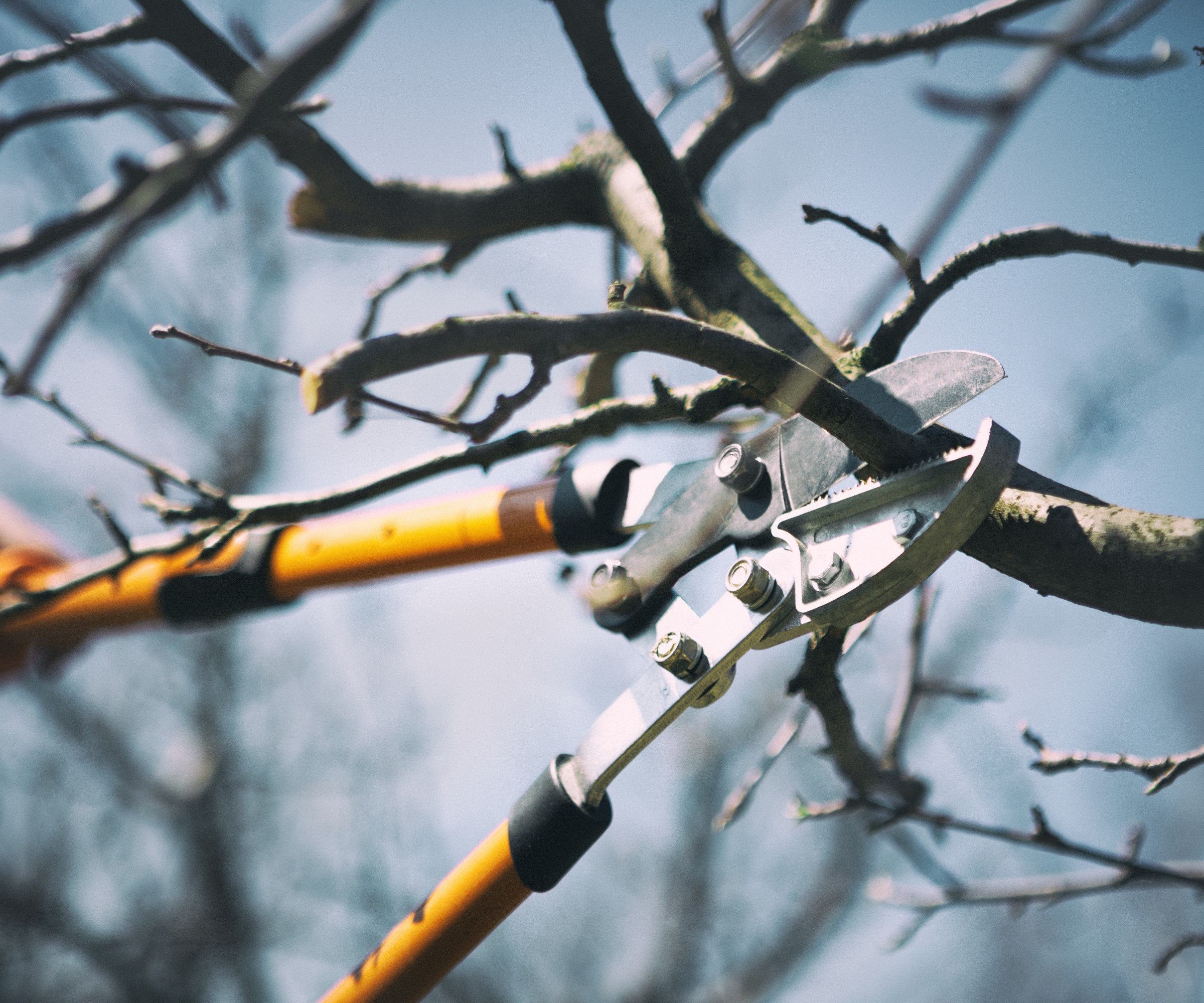
Do your research to ensure you prune trees at the right time of year
The majority of deciduous trees - ones that lose their leaves annually each fall - are pruned during their period of dormancy. Pruning them during dormancy is beneficial as they are placed under less stress from the act of pruning.
As they are bare of leaves, it can also make it easier to see and assess the shape of the tree and make important decisions about what to remove, such as identifying dead, damaged, and diseased branches.
‘The best time to prune is when the plant is in full dormancy if it is a deciduous tree. A good rule of thumb is to not prune in months that end in R. (ie. October, November, December),' says Tamara Hogan, plant expert at Fast Growing Trees. ‘You will want to prune deciduous trees in late winter or early spring before we start to see the buds start to swell on the stems.’
Deciduous trees that are popular in many people’s backyard ideas include maple trees, crabapple trees, sorbus, and birch trees.
However, birch trees are an exception to the winter pruning rule and are best pruned in late summer or early fall. They will flow sap if pruned in late winter or early spring and this can leave them susceptible to pests and insects. Another example of a deciduous tree to prune in summer is flowering cherry trees.
Always do some research before trimming, to make sure you are not taking any risks and making a tree pruning mistake with the timing of your pruning.

Tamara Hogan graduated from Utah State University with a degree in Ornamental Horticulture. She has worked within various horticulture fields since 2013. That includes floral design work, plant consults and teaching workshops at local nurseries, commercial greenhouse growing, and landscaping, before joining Fast Growing Trees.
When to prune evergreen trees
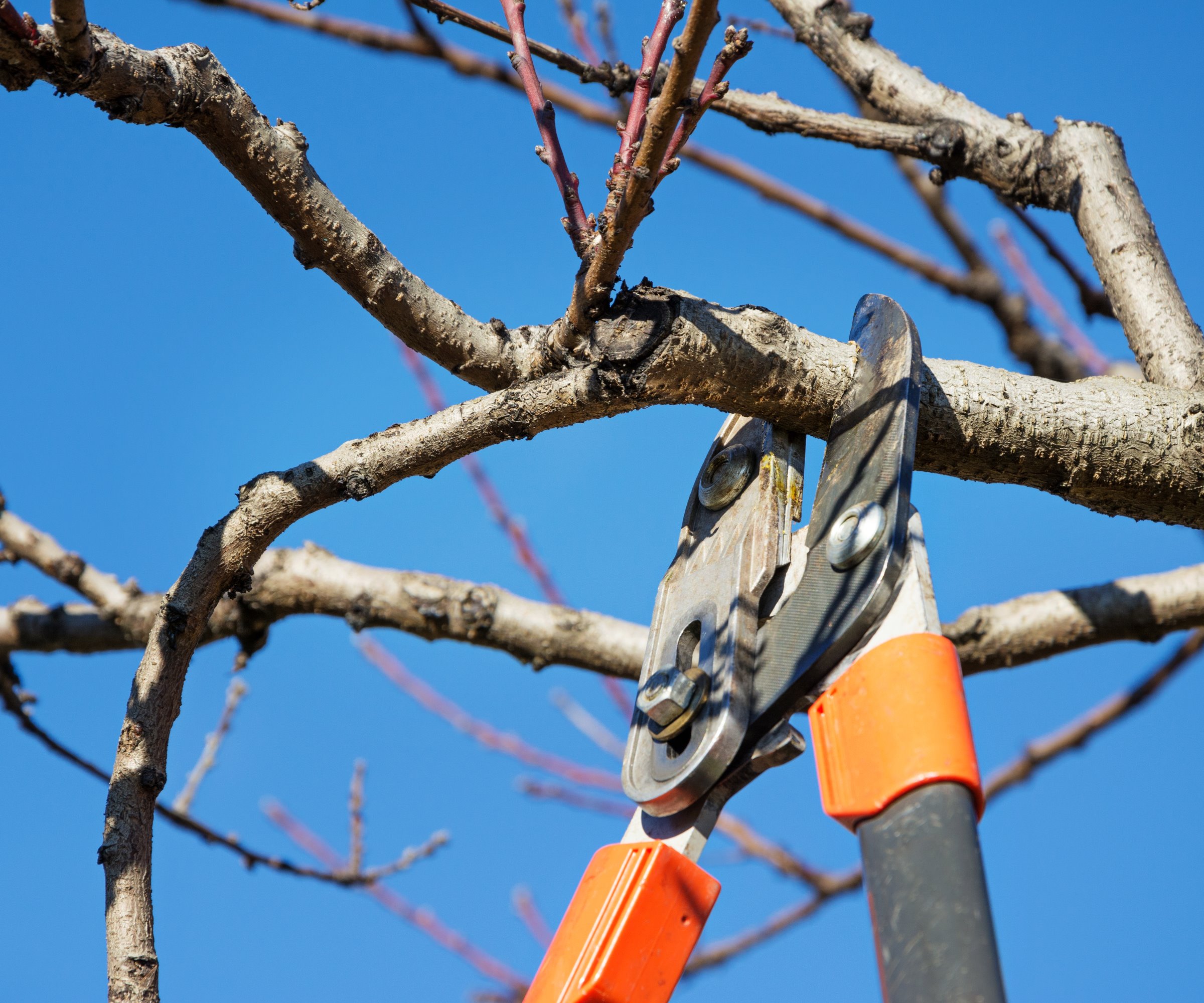
The time to prune most deciduous trees is while they are dormant
Evergreen trees do not lose their leaves in fall like deciduous trees. They go through changes during winter, but do not go completely dormant. Evergreen trees can also be pruned in late winter or early spring, before they start putting on new growth again. However, the exact time you trim may depend on your US hardiness zone.
‘In colder climates, it is best to wait until spring to prune evergreens,’ says Fern Berg, the founder of Tree Vitalize. ‘In areas that experience frost or snow, some of the more tender evergreens may be harmed by winter pruning.’
Fern adds: ‘If your evergreen flowers, wait until after it finishes flowering before pruning. If it doesn’t, you can prune as soon as the weather warms up in early spring to stimulate vigorous new growth.’
Some popular evergreens that are common in backyard landscaping ideas include cedar, eucalyptus, spruce, and cypress trees.

Fern is the founder of Tree Vitalize and has planted and currently cares for over 100 different native and exotic fruit, nut, and ornamental trees.
Dangers of pruning at the wrong time
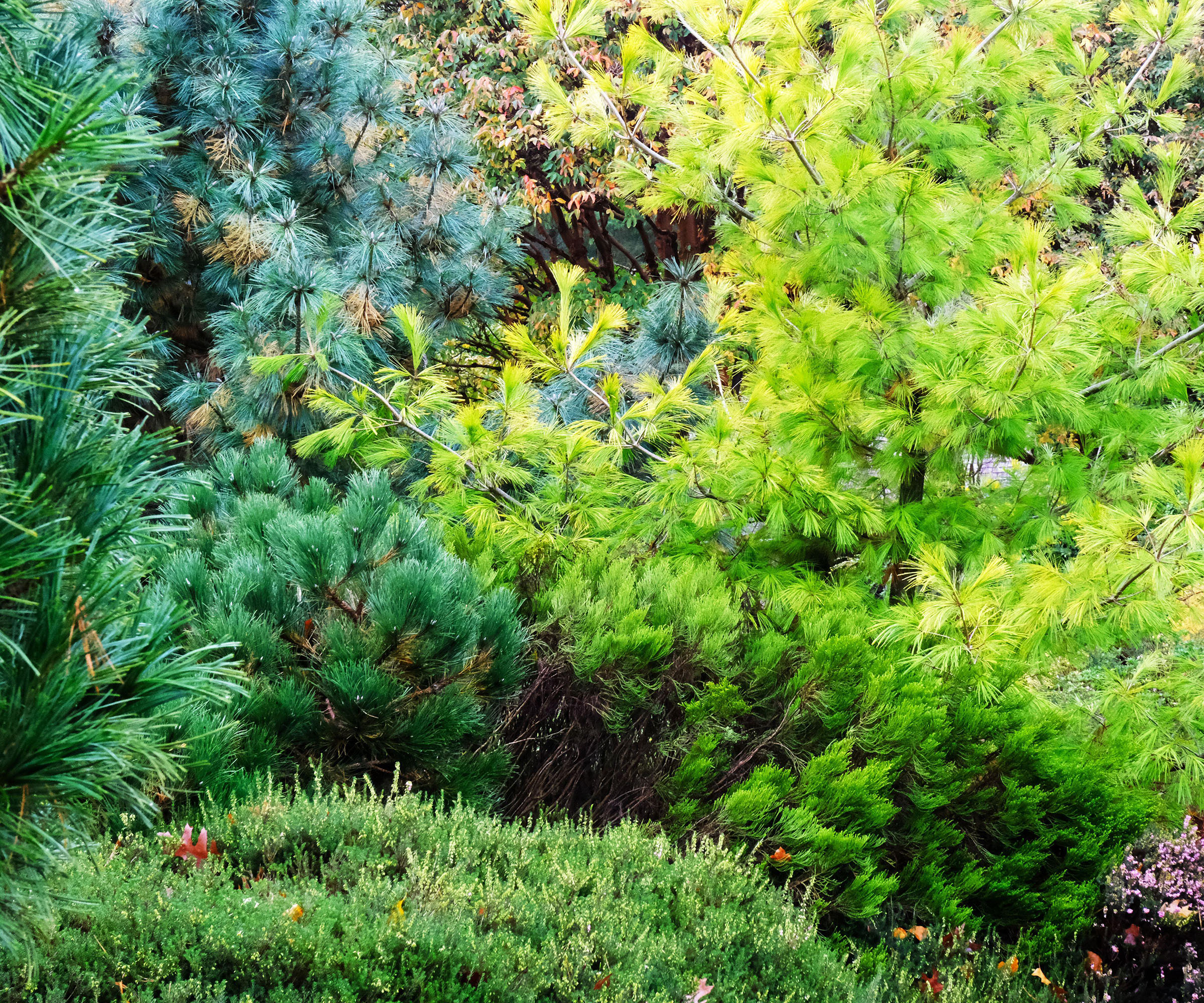
The time to prune evergreen trees may depend on your climate
Making the pruning mistake of cutting at the wrong time comes with several risks to the tree. The right timing is important for the overall health, as well as the aspects of fruit and flowers. Indeed, if you prune flowering trees at the wrong time you can miss out on a year's worth of those gorgeous flowers.
And trees can also be at more risk of disease, for example, pruning a flowering cherry tree in winter can leave them susceptible to silver leaf, a fungal disease more prevalent in winter that enters the tree through pruning cuts.
Your climate will affect when you prune ornamental trees. Lisa Tadewaldt, founder at Urban Forest Pro, recommends some rules of thumb to help you make decisions about when to prune trees.
‘If you live in a place that has extreme temperatures don’t prune during those seasons,’ says Lisa. ‘If you have hot summers or cold winters those are not good times.’
The type of tree needs to also come into consideration, as Lisa warns about ‘delicate ornamentals being more susceptible to damage from pruning in the wrong season versus a larger hardier tree’.
If deciduous trees are pruned too early, in late summer or early fall, then this can encourage them to put out a flush of weak growth as a result. The tree will put its energy into growing these new stems rather than preparing for dormancy. As a result, the young stems will be easily damaged by frosts and the overall hardiness of the tree can be impacted.

Lisa Tadewaldt is the founder and owner of Urban Forest Professionals, an arborist company out of Portland, OR, that has been serving that community for over 15 years
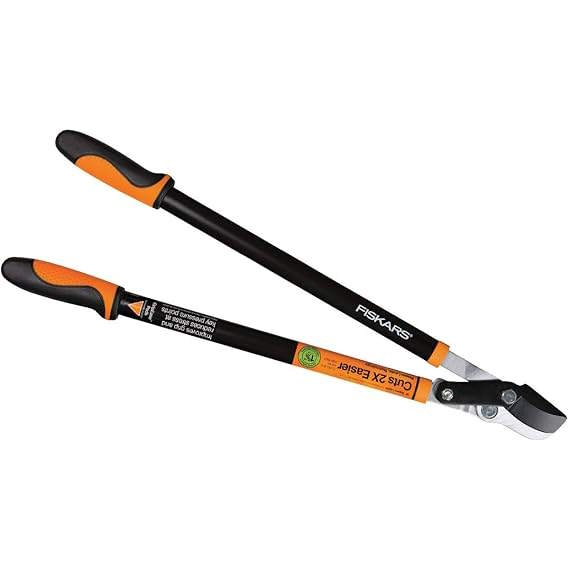
Loppers featuring stainless steel blades that can cut through branches up to 1.75" thick. The power-lever technology multiplies your leverage to make cutting two times easier
FAQs
Can you trim trees when birds are nesting?
It is not advisable to prune trees during the nesting season. Always inspect the tree for signs of nesting activity before commencing any trimming. If you discover a nest while pruning, it is imperative you stop immediately. You could face federal charges for disturbing birds' nests.
When it comes to the likes of apple or pear trees, knowing when to prune fruit trees is important for healthy trees and bumper crops. Many fruit trees are pruned in winter, but not all. Stone fruits need to be trimmed in spring or summer and it would be a fruit tree pruning mistake to trim the likes of peaches or apricots during the winter.
Sign up to the Homes & Gardens newsletter
Design expertise in your inbox – from inspiring decorating ideas and beautiful celebrity homes to practical gardening advice and shopping round-ups.

Drew’s passion for gardening started with growing vegetables and salad in raised beds in a small urban terrace garden. He has worked as a professional gardener in historic gardens and specialises in growing vegetables, fruit, herbs, and cut flowers as a kitchen gardener. That passion for growing extends to being an allotmenteer, garden blogger, and producing how-to gardening guides for websites. Drew was shortlisted for the New Talent of the Year award at the 2023 Garden Media Guild Awards.
-
 I gave the ‘try-for-five’ method a go in my small home – it's a brilliantly easy way to beat chore procrastination in seconds
I gave the ‘try-for-five’ method a go in my small home – it's a brilliantly easy way to beat chore procrastination in secondsThis method is great for those with executive dysfunction
By Chiana Dickson Published
-
 Josh Brolin’s maximalist living room: love it or hate it? Our readers were split, but where do you stand on this memorabilia-packed space?
Josh Brolin’s maximalist living room: love it or hate it? Our readers were split, but where do you stand on this memorabilia-packed space?Maximalism has a way of dividing opinions among design aficionados, and few spaces are quite as decisive as the actor's unique, yellow living room
By Megan Slack Published
